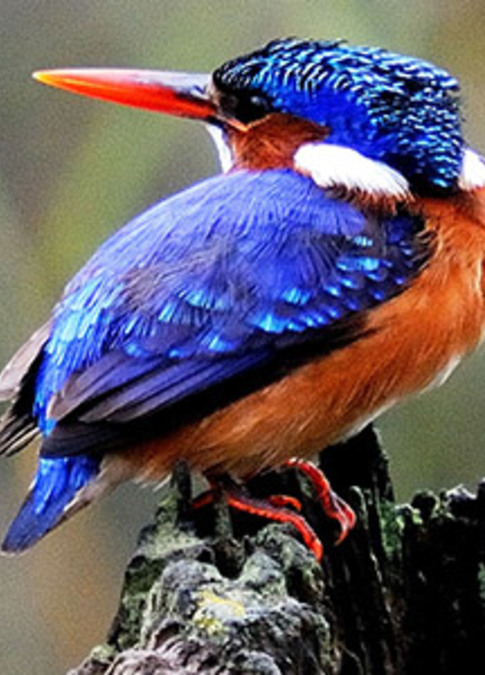September 2011 Newsletter
Some exciting additions to the Kariega family - we have 2 new giraffe babies, one at Main and the other at River lodge. No pictures available yet, but will be coming soon. No news on the lion cubs yet.
Our bird-hide near reception offers amazing opportunities to view and capture on film some of the amazing species frequenting the area. Upon visiting the bird-hide this month I obtained some great shots – ever seen a hippo’s tongue?!
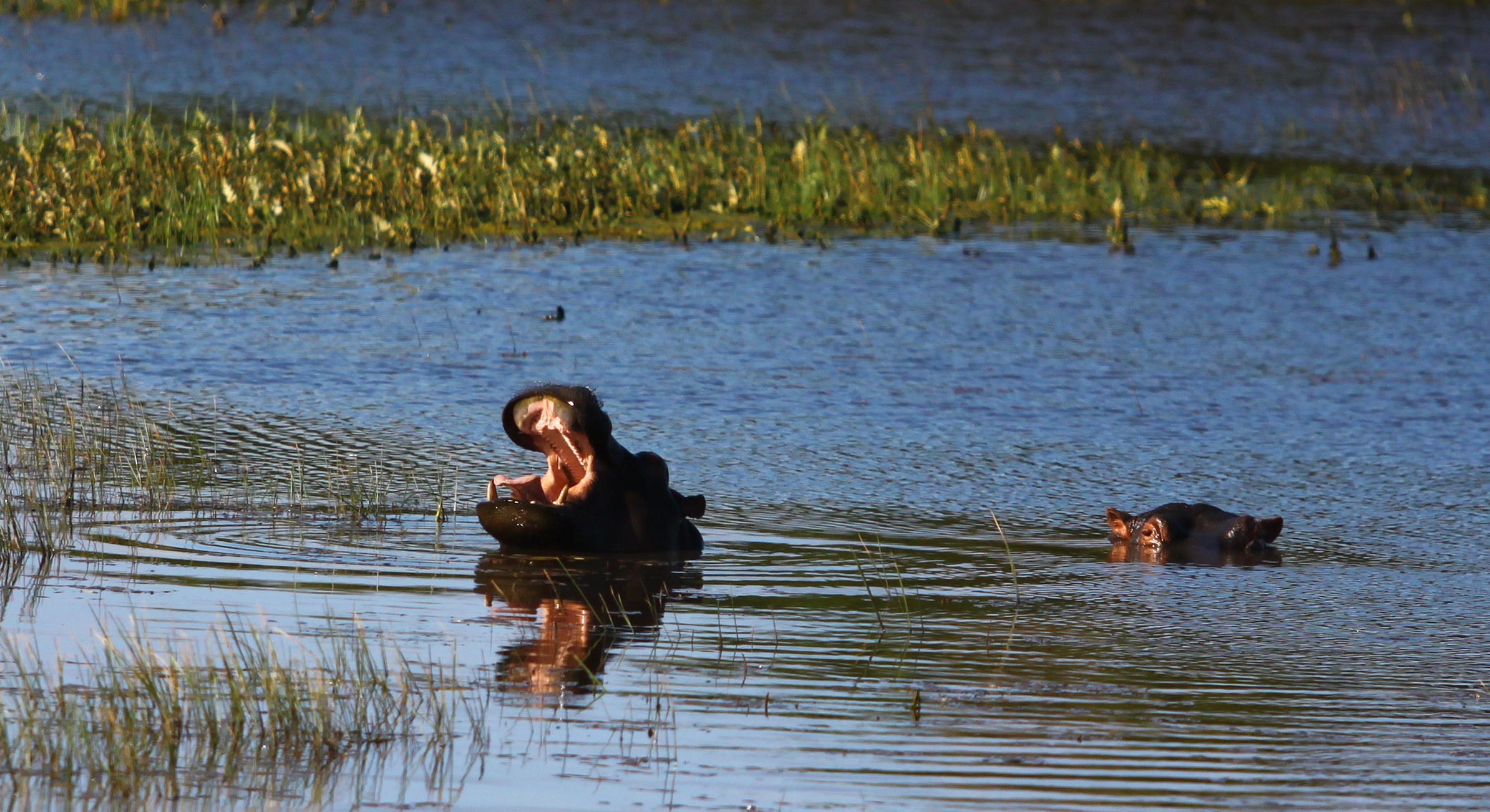
This water mongoose was good enough to hold still for a picture, not an animal that is usually seen and definitely not up close.
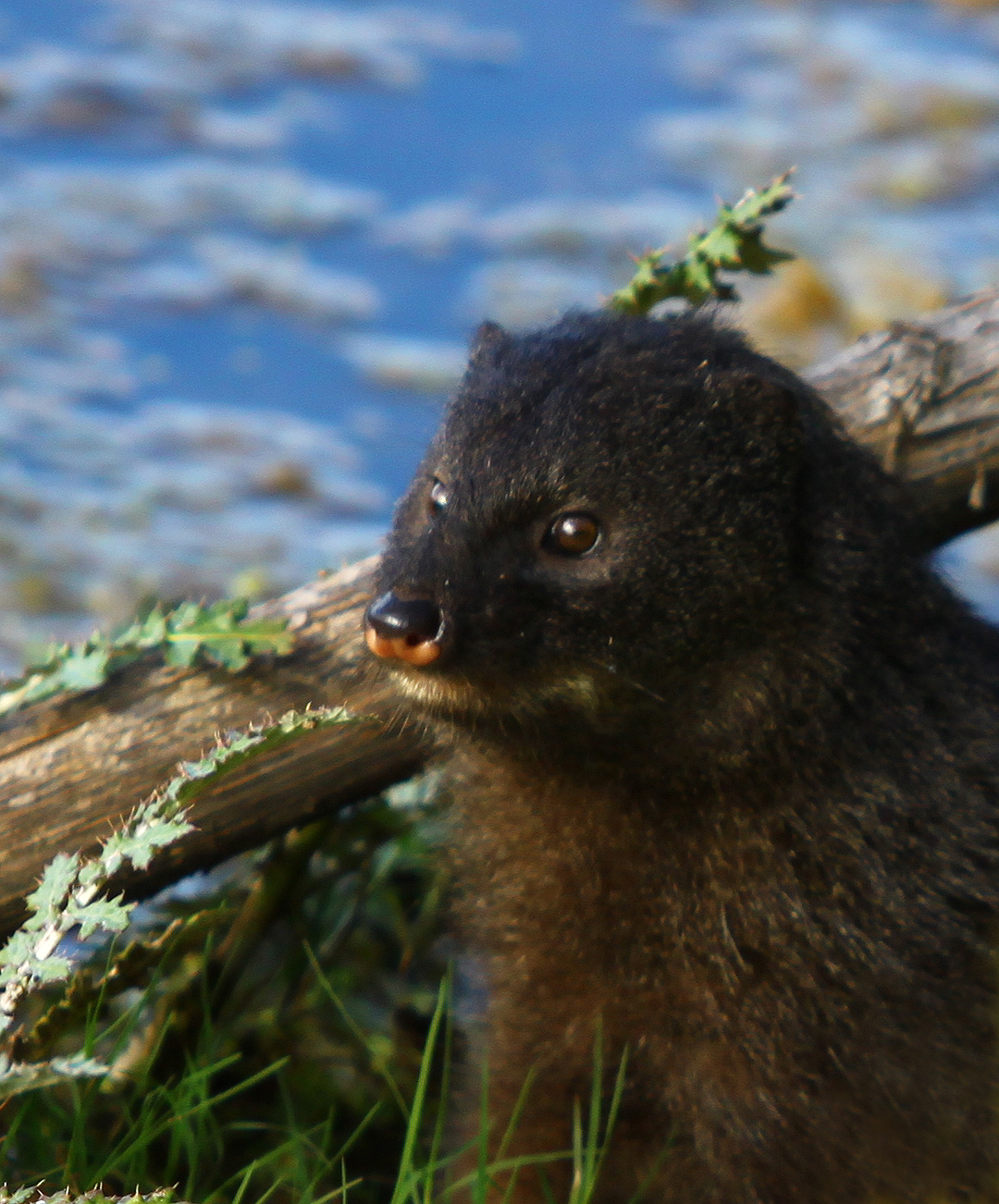
The red knobbed coots were very busy that day chasing each other all over the dam, and I finally got this coot running on the water straight at me.
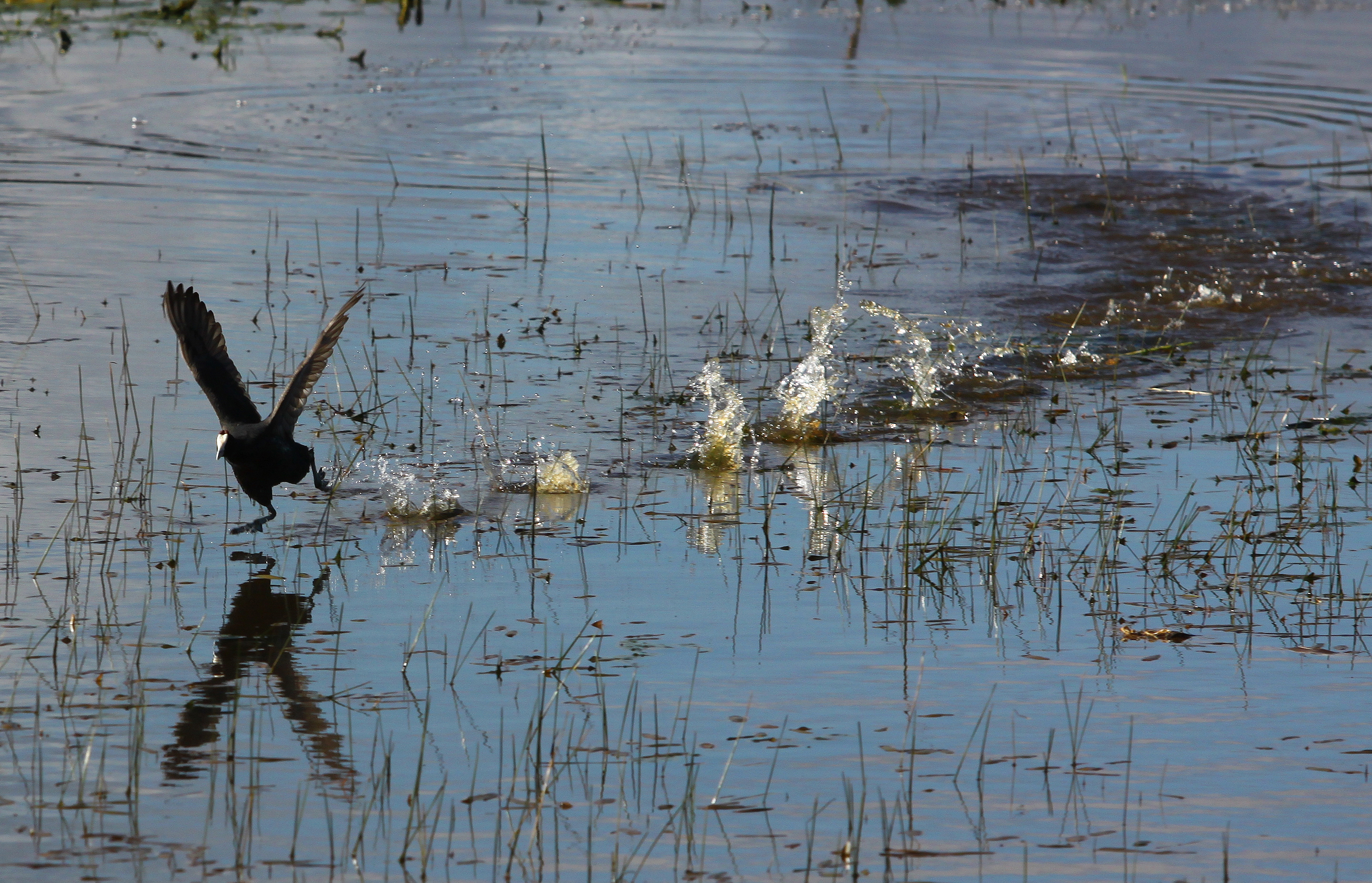
Our newsletter will be featuring a different snake every month, starting this month with the common brown water snake.
Lycodonomorphus rufulus (Common brown water snake)
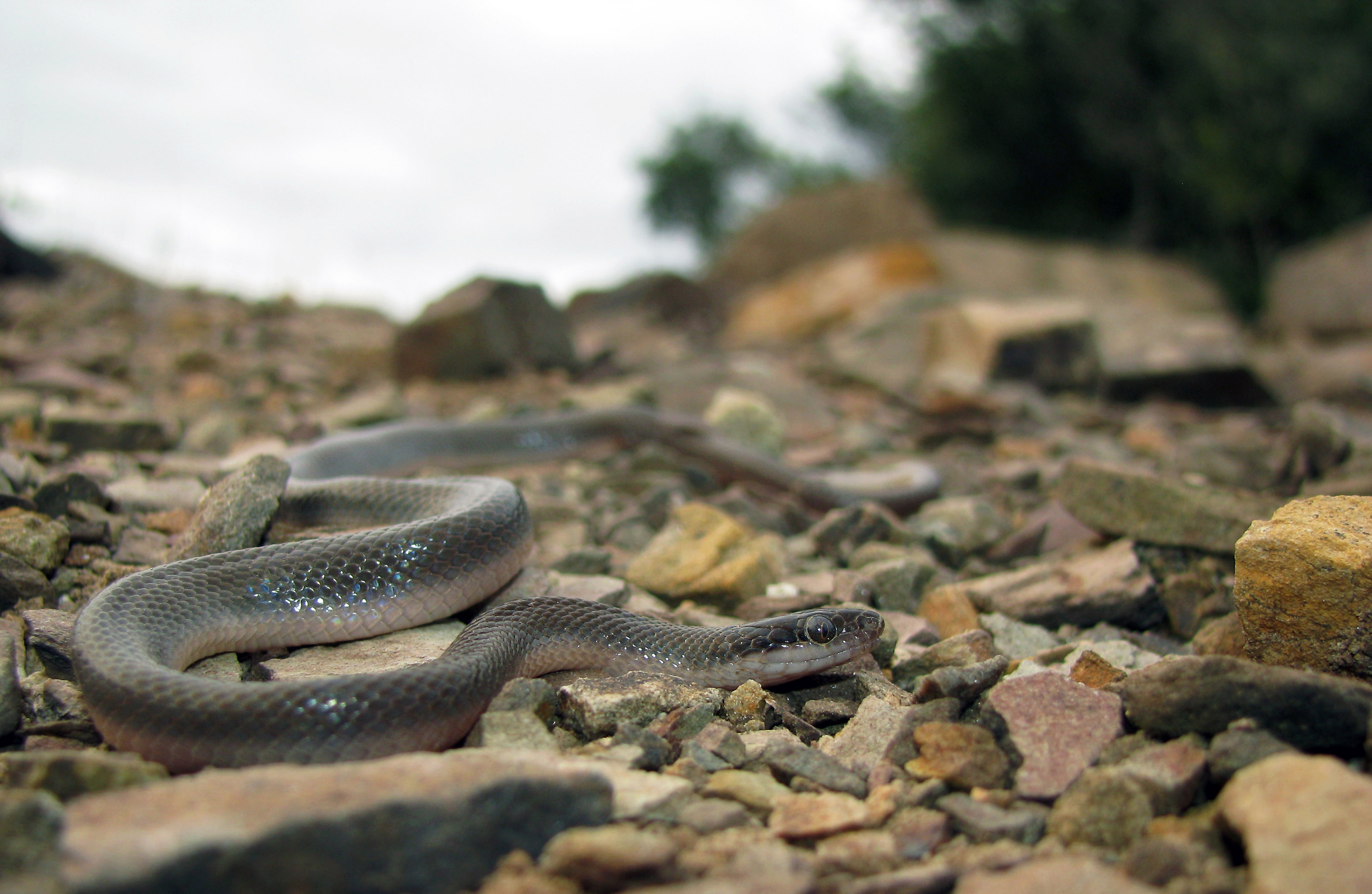
Identification: The Brown water snake can be identified by its uniform olive or light brown colouration, the pink or mother of pearl coloured underside, its good swimming ability and vertical pupils. It grows to an average length of 60 cm but may reach 85 cm.
Distribution and habitat: The distribution of this snake includes the entire western coast line and the north eastern half of South Africa and central Zimbabwe. Their preferred habitat includes rivers and vleis in moist savannah and lowland forest.
Diet: Frogs, tadpoles, small fish and rodents (e.g. rats and mice)
Predators: Eaten by monitor lizards, birds of prey (e.g. snake eagles), other snakes and spiders
Reproduction: Oviparous (egg-laying), lays between 6 and 23 eggs in midsummer
Longevity: Likely to have an average lifespan of 10 years
Medical importance: Non-venomous and not dangerous to man and not likely to bite, however in the Zulu culture it is regarded as extremely dangerous.

